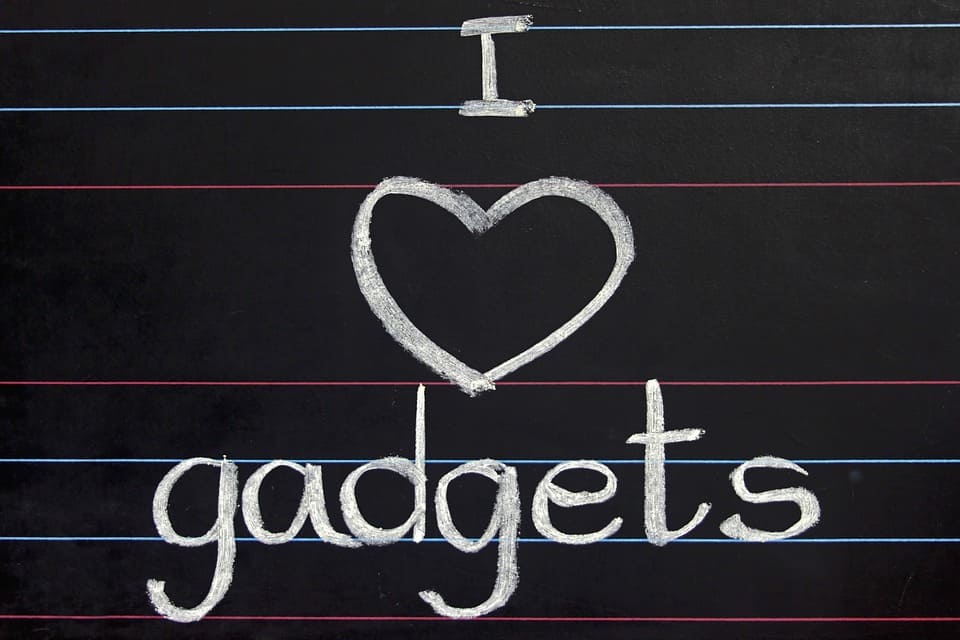What’s in new stuff that gets us all worked up? Psychology has a word for this novelty-seeking behavior – neophilia. Some researchers say it’s wired into our systems, although many contest this explanation based on genetics. Sociologists and economists also weigh in on this heavy subject matter, and the debate remains as animated as when consumerism first emerged as a favored topic of discourse in the 1960s.
Because of the extremely rapid increments in development and innovation, consumer electronics have been front and center in the discourse. Take, for example, the new gadgets and gizmos released this year. Most probably, the Apple faithful will again spend whole days standing in line just to be among the first to buy the newest iPhone model. Kids of all ages will be putting on their best behavior in the hopes of getting the new Xbox One for Christmas. What gives? Why?
The Rise of Consumerism
In “Ethics of Consumption: The Good Life, Justice, and Global Stewardship” York sociologist Colin Campbell argues this desire for novelty is a natural byproduct of the social evolution driven by the industrial revolution, and it’s ultimately good for society because it drives the economy forward.
Campbell makes a distinction between traditional consumerism—the consumption people do to satisfy basic needs, and modern consumerism, which Campbell likens to the actualization of self-identity. “I shop therefore I am.” The things we buy define the kind of people we are or want to be. In the fast moving world of consumer electronics, this isn’t far from the truth. The activities enabled by the kind of gadgets we have largely defines the kind of life we lead from day-to-day. Do we connect to the Internet on the go via mobile devices? Do we need to be in a fixed location to make our online experience meaningful?
Campbell’s defense of consumerism seems to be airtight. Yes, it’s the engine that moves society forward and materialistic as it may seem what people choose to buy does define them. But what price do we pay for all this?
Obsolescence: Today’s New is Tomorrow’s Trash
Concerned voices are being raised against consumerism, not because it drives the economy forward, but because consumption pushes the economy too fast and too much. This video presented by Anne Leonard captures the sentiment perfectly.
https://www.youtube.com/watch?v=gLBE5QAYXp8
The essential message is that our desire for the latest and greatest is the reason for the rapid depletion of the planet’s resources. We’re consuming much more than the planet can possibly give and we’re constantly hitting the limits imposed by nature. The rare minerals used on our smartphones have to come from somewhere, right? Perhaps we’re changing phones way too fast?
Critics argue that it’s not entirely our fault. Engineers of big corporations have been working on planned obsolescence after World War II ended. The idea behind planned obsolescence is simple. Design products to have limited useful life, so they will become obsolete after some time. The term was coined by Bernard London in 1932 as a means to end the Great Depression. In the words of industrial designer Brook Stevens, it’s “instilling in the buyer the desire to own something a little newer, a little better, a little sooner than is necessary.” It was done in the open and without shame. Because of this, activists argue that 99% of all the new things we buy end up as trash six months after and the planet is slowly drowning in a quagmire of toxic waste.
By the 1960s, the backlash was in full swing. Cultural analyst Vance Packard lashed out at planned obsolescence as “the systematic attempt of business to make us wasteful, debt-ridden, permanently discontented individuals.”
Ouch, right? But there’s another dimension to the story. It won’t exonerate us from blame, but might help explain the constant need for the pleasure provided by new stuff.
“Trendy” Genetics
Some people may, indeed, be predisposed more than others to want the newest toys, gadgets and shoes. Researchers from the Yamagata University School of Medicine in Japan found that a specific variation of the mitochondrial enzyme called monoamine oxidase A was significantly associated with higher scores of novelty seeking. People who produce that form of the enzyme are more likely to have novelty-seeking traits in their personality than others.
Any scientist worth his salt will tell you that correlation does not equal causation, and many have expressed disagreement over the idea that novelty-seeking behavior has a genetic basis. Colin Campbell, among others, has argued that the phenomenon is recent and if it were genetically linked then we would have seen the trait manifested throughout history. We all know, of course, that pre-modern societies were insular and highly suspicious of new influences.
There’s another branch of science weighing in on the matter. Psychobiologist C. Robert Cloninger and his colleagues at the University of Washington proposed a model for understanding the structure and development of character and temperament. Novelty seeking is one of the dimensions of temperament, along with harm avoidance, reward dependence, and persistence. Novelty seeking has four subscales which helps predict our preference for the new — exploratory excitability, impulsiveness, extravagance, and disorderliness. Scoring high or low in any of these scales will indicate your tendencies towards neophilia or neophobia. Would you like to find out?
Neophile or Neophobe?
To have an idea of your tendency to seek out new and different experiences or resist them altogether, take this quick quiz designed by Winifred Gallagher, author of the book, “New: Understanding Our Need for Novelty and Change.” Click submit at the end the quiz. How did you score? Are you cautious, curious, or adventurous? Will you camp outside an Apple store overnight for the chance to be among the first to own the latest iPhone?







